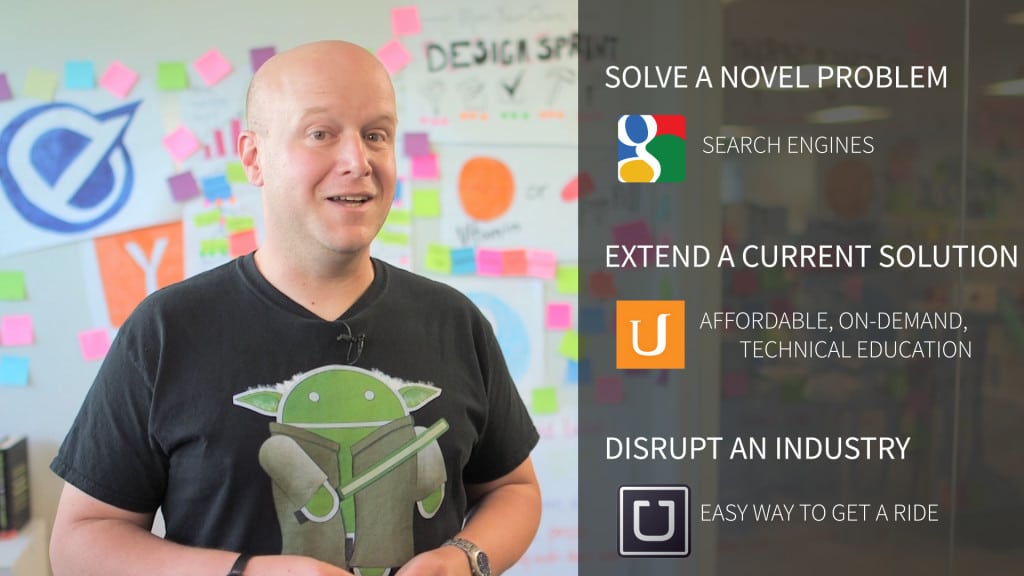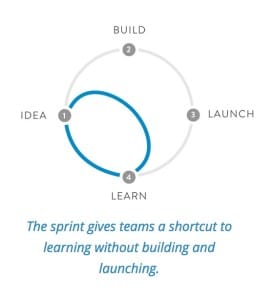Become a UX designer in 3 months .
Start Learning
If you’ve ever helped create a product, large or small, you’ve probably used some aspect of product design, most likely without ever realizing it. Both the form and function of a product needs to seamlessly come together in order for it to be successful. As more and more companies come to this realization, the skill-set of a product designer with a deep understanding of how to communicate and test ideas is becoming a hot commodity.
Product design isn’t just about the UX (user experience) or UI (user interface) of a product. It is about materializing game-changing ideas into a product or feature that customers can use. Eric Eriksson, a well-known product designer, defines the role as being responsible to “identify, investigate, and validate the problem, and ultimately craft, design, test and ship the solution.”
To help make this process more systematic, Google Ventures created their eminent Design Sprint process, used internally at Google and by several well known companies including Airbnb, Nest and Blue Bottle Coffee. The first prototype for Google Glass, for example, was developed in under two hours using similar strategies! The Design Sprint framework is considered an effective way to validate ideas through rapid prototyping and customer testing, and contains five stages: Understand, Diverge, Decide, Prototype, and Validate.
Understand: Participants evaluate the problem they are trying to solve, the personas they are designing for, and the form factor they are going to use.
Diverge: Encouraged to let go of all judgement, the team participates in individual and group brainstorming to generate as many ideas as they can, regardless of how feasible or far-fetched they are.
Decide: Through voting and discussion, the team decides which idea(s) to pursue further.
Prototype: Participants rapidly sketch and build out their ideas, concentrating on UI/UX flow.
Validate: Designers and engineers put their product in front of users and are encouraged to show and tell.
Each of these stages contain tips and tricks that the teams at Google have developed over the years. We have worked with Google for the past few months to learn, apply and teach this methodology in our Product Design course. This course is the first time the process is shared outside Google.
Along with interviews with experts at Google, the course contains a series of case studies on successful startups. You will explore the best practices and frameworks that Silicon Valley companies have developed in order to build well designed products. You’ll also learn about setting actionable key metrics and begin developing the intuition that sets successful product people apart.
Ready to get started on realizing your ideas into tangible products? Check out the class!
Find the right nanodegree program for you.
Start Learning




